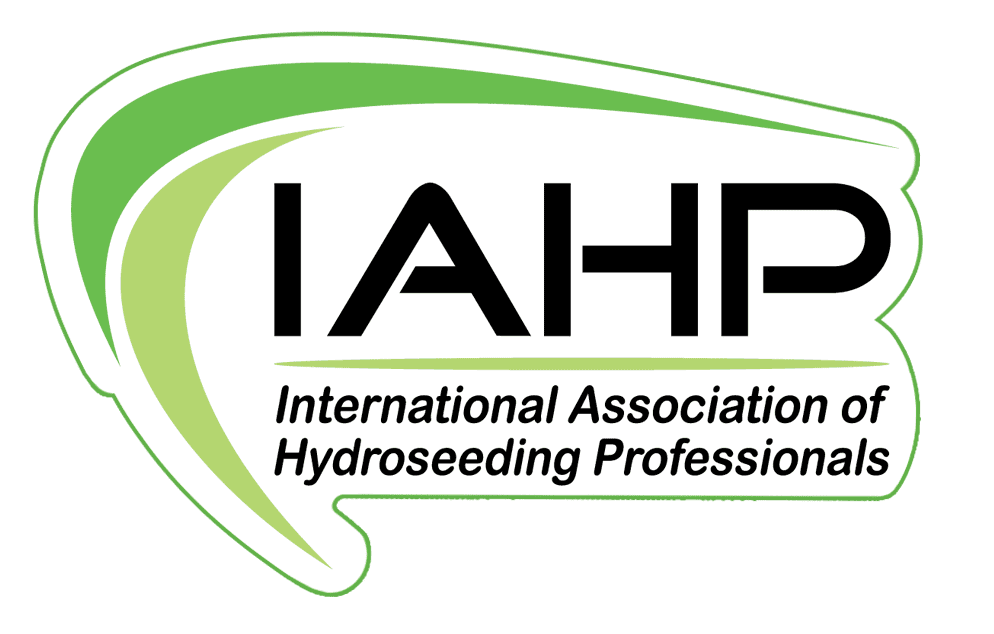Watering
Regular watering is crucial for the first 3-4 weeks. Water the seeded area twice daily to keep the soil consistently moist but not overly saturated, which helps the seeds germinate effectively. Avoid water pooling, as this can displace seeds and lead to uneven growth.
Mowing
Wait until the grass reaches 3 inches before the first mow. Use a high setting on your mower to avoid cutting the grass too short, which can stress young plants and hinder root development. Regular mowing thereafter promotes a denser, healthier lawn.
Weed Control
Some weed emergence in new growth is common. If significant, seek professional advice before applying weed control products to ensure they are safe for your specific grass type and won't damage young plants.
Traffic
Keep foot and vehicle traffic off the hydroseeded area for at least 4 weeks, or until the grass is established. This prevents soil compaction and protects fragile young shoots, allowing for a stronger, more resilient lawn.
Germination
Germination for cool season blends containing perennial ryegrass, turf type tall fescue, and Kentucky bluegrass typically begins within 7-14 days. Full establishment can take 4-8 weeks, with ryegrass sprouting fastest, followed by fescue, and then bluegrass. Variations in temperature and soil conditions can affect this timeline. If after 4 weeks you notice areas with little or no growth, a light reseeding in those spots may be necessary. Keep an eye on the overall uniformity of growth and remember that some variation is natural in the early stages.











